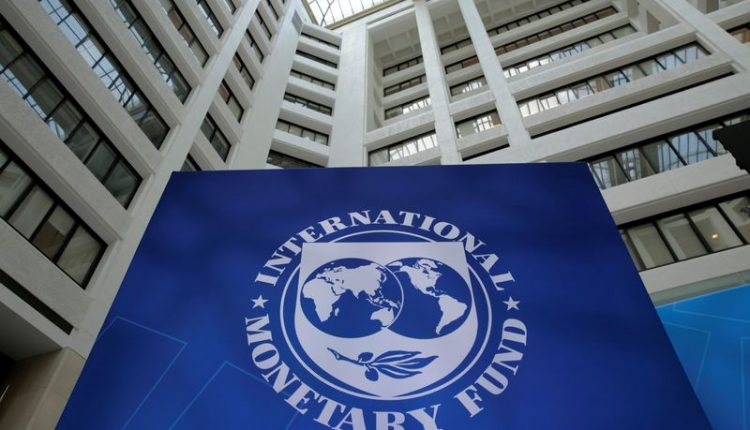IMF Highlights Risks of Domestic Borrowing in Nigeria and Other Countries
Nigeria and other sub-Saharan African nations are increasingly using domestic banks to fill financing shortfalls, which increases risks for lenders and restricts private investment, according to the International Monetary Fund (IMF). As a result, they are paying more to borrow domestically than overseas.
Additionally, the IMF cautioned that new domestic public borrowing is “much more expensive than external borrowing” in many nations, and that a strong reliance on banks is “crowding out private-sector investment” and driving up finance costs.
The revelations came at the Regional Economic Outlook on Africa at the current IMF/World Bank meetings in Washington, DC, and were delivered by Abebe Aemro Selassie, the Director of the IMF’s African Department.
“The domestic cost of capital remains elevated throughout the region,” he stated.
The undeveloped local financial markets are characterized by high lending spreads, fragmentation, illiquidity, and shallow depth.
Sub-Saharan Africa has “large and growing faster domestic bank holdings of sovereign debt than the rest of the world,” which creates a “vicious potential feedback loop” whereby deteriorating government finances jeopardize banks’ health, restrict credit, and increase fiscal stress.
Selassie stated, “Our assessment six months ago emphasized the region’s robust policy efforts and that growth had surpassed expectations in 2024.”
However, we also observed a sudden shift in global objectives and a deterioration in external conditions, which were characterized by tighter financial markets, softer commodities prices, and lower demand.
These worldwide headwinds still put the region’s resilience and recuperation to the test today. The economic growth of Sub-Saharan Africa is predicted to remain stable at 4.1% in 2025, with a slight increase anticipated in 2026.
This illustrates the continuous advancement of macroeconomic stabilization and reform initiatives in important economies. A number of nations rank among the fastest-growing in the world, including Ethiopia, Rwanda, Uganda, Côte d’Ivoire, and Benin. However, despite only slight increases in per capita income, resource-intensive and conflict-affected nations still confront many obstacles.
The external environment is still difficult, according to the director of the African Department.
He stated: “Commodity prices are diverging, and global growth is slowing.” While cocoa, coffee, copper, and gold continue to command high prices, oil prices are falling.
A few nations, most recently Kenya and Angola, are now able to access global credit markets thanks to some improvement in external funding arrangements.
Additionally, the state of international aid and trade policies has gotten worse. The African Growth and Opportunity Act’s preferential access has ended, and export duties to the US have gone up. The majority of the region’s countries have very low direct exposure, but growth is being hampered by broader trade policy uncertainties.
A number of lower-income and fragile economies are particularly vulnerable to the anticipated steep decline in foreign aid.
“Affected governments have attempted to reallocate budgetary resources, but they have little leeway because of their limited fiscal space.”
“It is encouraging to see the region showing remarkable resilience,” he stated explicitly. In the upcoming months, however, this will still be put to the test. A shift toward domestic financing that is strengthening the bond between banks and the government, rising debt service costs that are driving away development spending, inflation that has decreased regionally but is still in the double digits in roughly one-fifth of the region, and external banks that are under pressure and must be rebuilt are all examples of pressure points.
“There is a significant potential for countries in the region to raise revenues through comprehensive tax policy reforms and improved tax administration,” he stated in light of the challenging circumstances. This entails strengthening enforcement through targeted compliance initiatives, simplifying wasteful tax expenditures, and modernizing tax systems through digitalization. These initiatives, though, need to go beyond simple technical fixes.
Y

